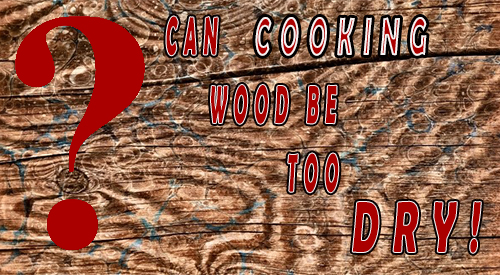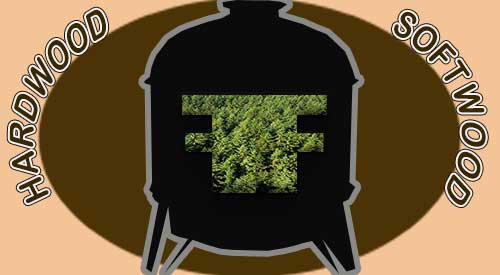Wed 28 Aug 2019
TOP 10 EMBER COOKED VEGETABLES
Posted by DrSmokeRead other related stories: Cooking , Cooking With Wood , General Smoking Information
No Comments
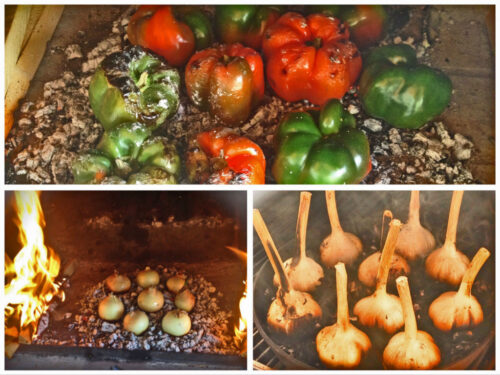
ember cooked vegetables can be done in a cask iron plan, fire box and even in a Hibachi! Try this unique cooking method to add a flare and unique tastes to your outdoor grilling and cooking!
TOP 10 EMBER COOKED VEGETABLES

listen to our blog regarding wood chips for smoking
I want to be perfectly clear – this is not cooking over hot flame or direct flame. This is cooking after the wood and/or charcoal has burned down in to very hot coals; when the coals develop a white-gray ash coating. THIS is the time for coal or hot ember cooked vegetables.
The Rules of Hot Ember and Ash Cooking
The essence of using all that the wood can give for cooking. That it was ember or coal cooking is. I want to be sure there is no misunderstanding on what is needed to do this type of cooking safely and effectively.
Rule #1: If going with all wood for the coals, only use hardwood and clean hardwood at that. You’re going to lay foods into this material so I believe it should be clean and mold free with moisture level 15-20%. If higher, it will simply take longer to get to the coal stage.
Rule #2: Again, if using all hardwood, try to limit the bark or go bark-free if possible to reduce the potential for mold spores that can be released into the air.
Rule #3: Have everything ready before you start. You’ll need an ash-coal hoe, fire gloves, and small coal shovel at the ready. I would also have tongs for those times when you don’t bury your foods completely in the coals but rather lay them which requires turning of the vegetables.
Rule #4: Equipment wise, you can use a charcoal grill that has fire brick added for insulation, a clean fireplace (I prefer an outdoor unit), a clean fire pit, or an open pit built in a safe area with brick or gravel as the base to protect the fire from spreading.
Ember Cooked Vegetables- Hot Embers Birthed in One Hour
On average, it will take about an hour to move a small fire from flame to hot ember. Depending on whether you elect to use charcoal or wood will determine the amount of time the fire needs to burn down – an all charcoal fire will be 30-45 minutes; all hardwood fire about 45-60 minutes. Remember, charcoal produces heat and little smoke, whereas hardwood, produces heat, smoke and specific aromatics and flavorings in that smoke. At the hot ember-coal level, both have equal carbonization and act similar for this method of cooking.
Using approximately 8 lbs. of charcoal or 10 lbs. of hardwood, or any combination of the two, light a fire in the equipment of your choice. Let the fire completely burn down until only hot coals remain. Rake the coals to produce a thick even bed. Then select your favorite vegetables from the ones listed below, and you’re on your way! Always keep a small fire going for additional hot coals if doing large amounts of vegetables.
Ember Cooked Vegetables- They Love Hot Coals
Here are the top 10 vegetables to hot ember cook for fantastic flavor:
Asparagus Broccoli Cauliflower Eggplant
Garlic Leeks Gourds (squash, pumpkin)
If you want minimal monitoring to the actual cooking process, then place the selected vegetables into the bed of coals and then shovel hot coals and ash over the top so that the entire vegetable surface is covered in embers. Leave untouched until tenderized, which will be 45-60 minutes depending on the vegetable selected. Otherwise, you can set vegetables within the coal bed and turn them during the cooking process to ensure even char.
The Culinary Team wants you to know …
… that cooking food with wood, whether it be directly on embers or more of the traditional way- above the heat source on grates, needn’t be an all meat, all protein cooking episode. As our blog explains many vegetables can and should be the “main event” for your wood-fired cooking events. Dense or thick-skinned fruits are great too! So, be it veggies or fruits, ember cooked or grilled conventionally, your taste buds will be treated to rich, unparalleled flavors. Give ‘em a try!
Leave a comment or suggestion as we’d love to hear from you so we can bring the information you’re looking for. And don’t forget, follow us and subscribe so you don’t miss a thing!
For related reading:

More Related reading on “What Wood for Smoking” and other great smoking and grilling tips and techniques
-THAT EMBER GLOW!
-EMBER FIRED ASPARAGUS ON THE HIBACHI
-EMBER COOKED SWEET PEPPERS
-EMBER COOKING/ROASTING GARLIC IN AN IRON SKILLET
SmokinLicious products in this blog:
Wood Chips- Grande Sapore®
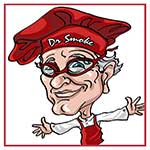
Dr Smoke- “Try ember cooking; it is a great way to entertain your guests and enhance your grilling skills.”

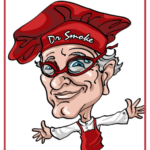




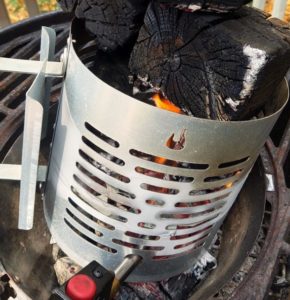



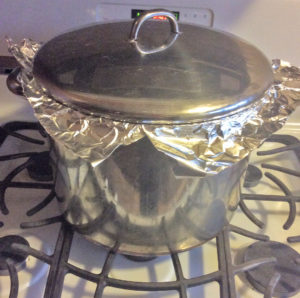
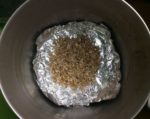
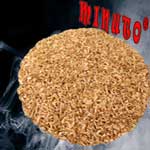 A simple in-house, smoking technique using tools you likely already have in the kitchen! Just think, you stayed warm, dry, and comfortable in your own house while the
A simple in-house, smoking technique using tools you likely already have in the kitchen! Just think, you stayed warm, dry, and comfortable in your own house while the







